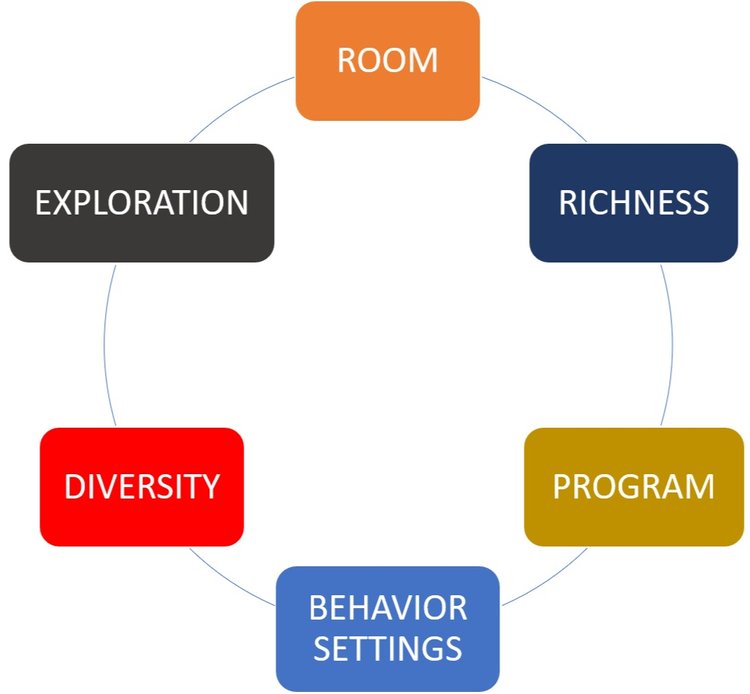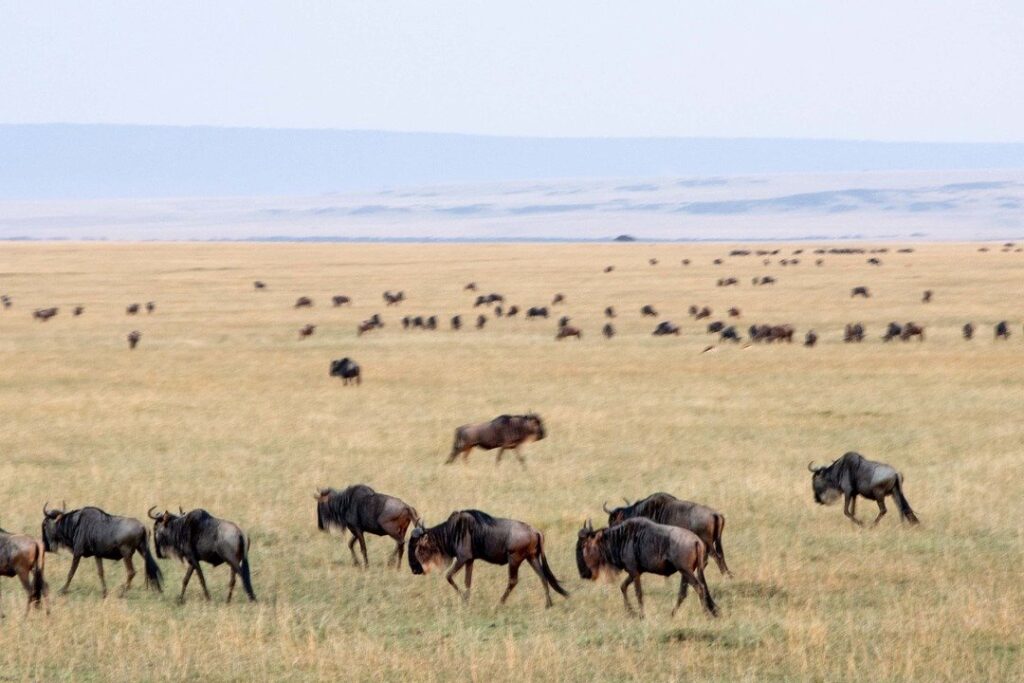About this blog series: This is Part 2 in a series that explores the notion that people are creatures like any other, and there are basic characteristics that we seek, or need, in our habitats. Return to the Introduction.
ROOM TO ROAM

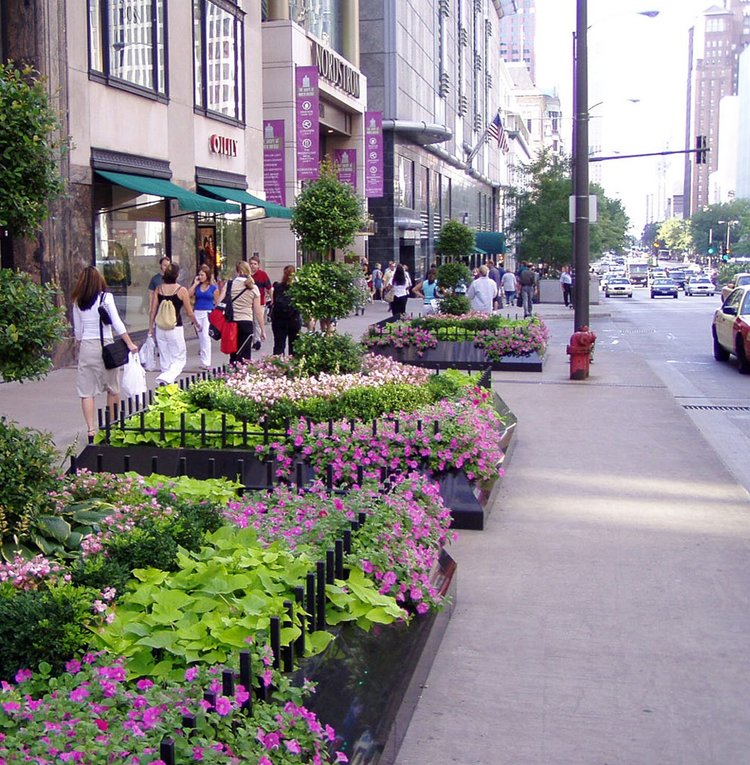
Creatures need room to roam in comfort and with sufficient protection and resources to thrive. All animals have a natural range which is their territory that serves their needs for sustenance, procreation, and shelter.
People are the most adaptable of all animals, and it has been millennia since our species left the savannahs and forests behind in favor of larger and larger settlements. But it is a very recent phenomenon that we squeezed ourselves almost out of our environment to favor the movement of cars.
It has been the bane of the automobile age that much of the room that used to belong to bipedal humans was taken away and given to the four-wheeled machine instead. The Hitchhiker’s Guide to the Galaxy cut almost too close to the bone when its character from outer space believed that cars were the dominant species on Earth.
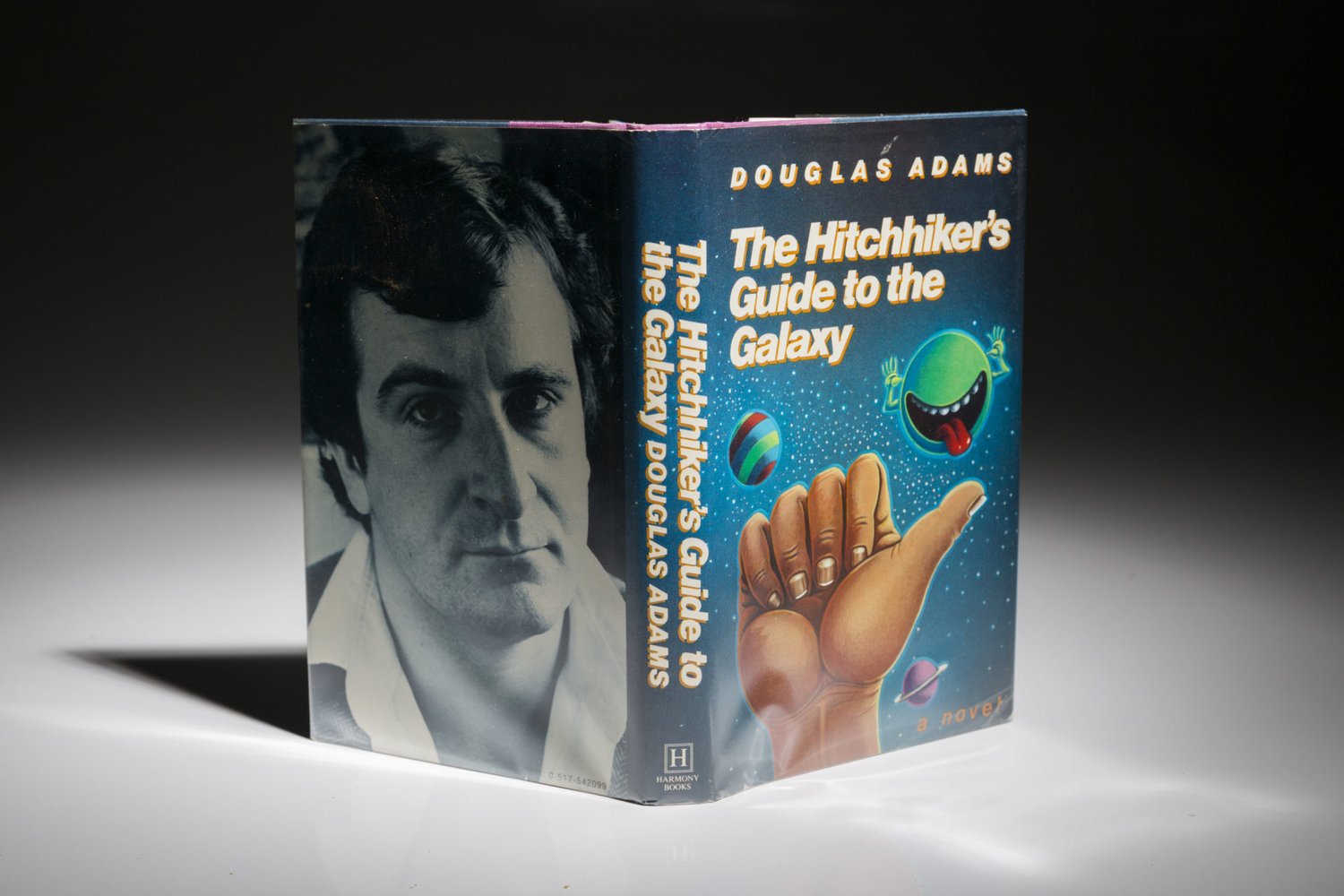
Of course, many U.S. cities averted this disaster or have since recovered. We have accomplished a great deal through a generational change in our planning and design philosophy. But cities still underrate the importance of providing the simple comfort of ample space where people can be people.
It is virtually impossible to revitalize streets that look like those below. To adapt Vincent Scully’s quote about Penn Station, people once entered our cities like gods, now we scuttle through like rats.

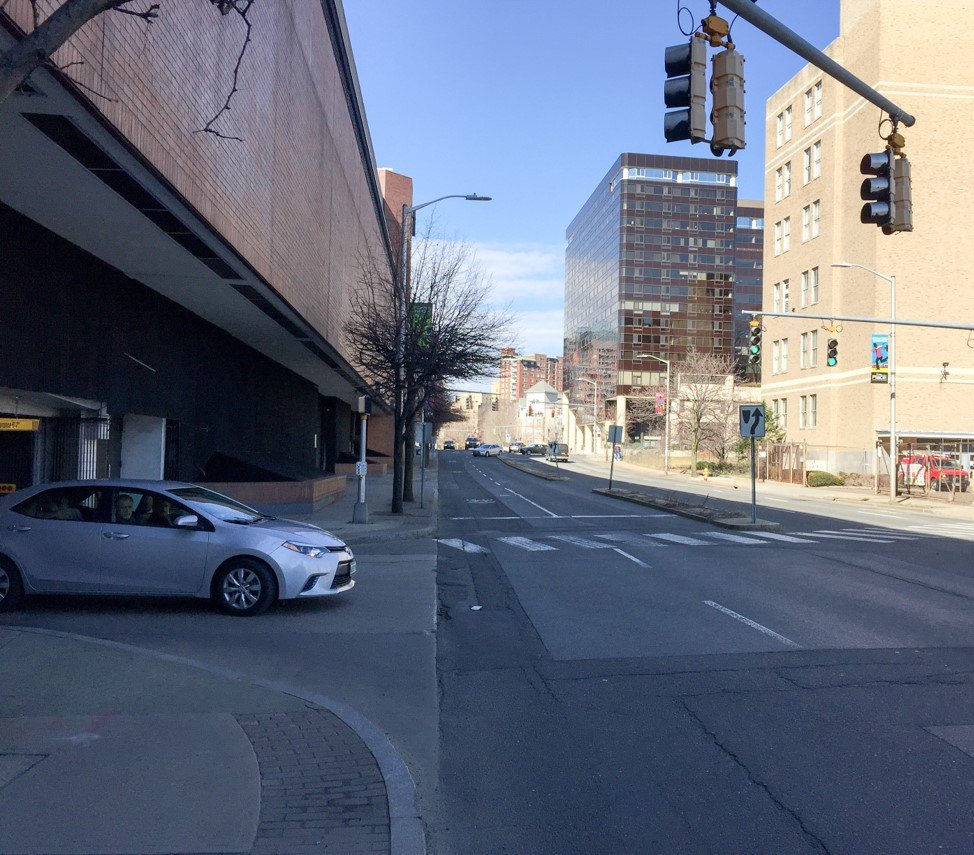
Public spaces are critical to creating habitats where people can flourish and consequently where economies can thrive. And today those successful places, whether streetscapes or urban parks, look something like the following:

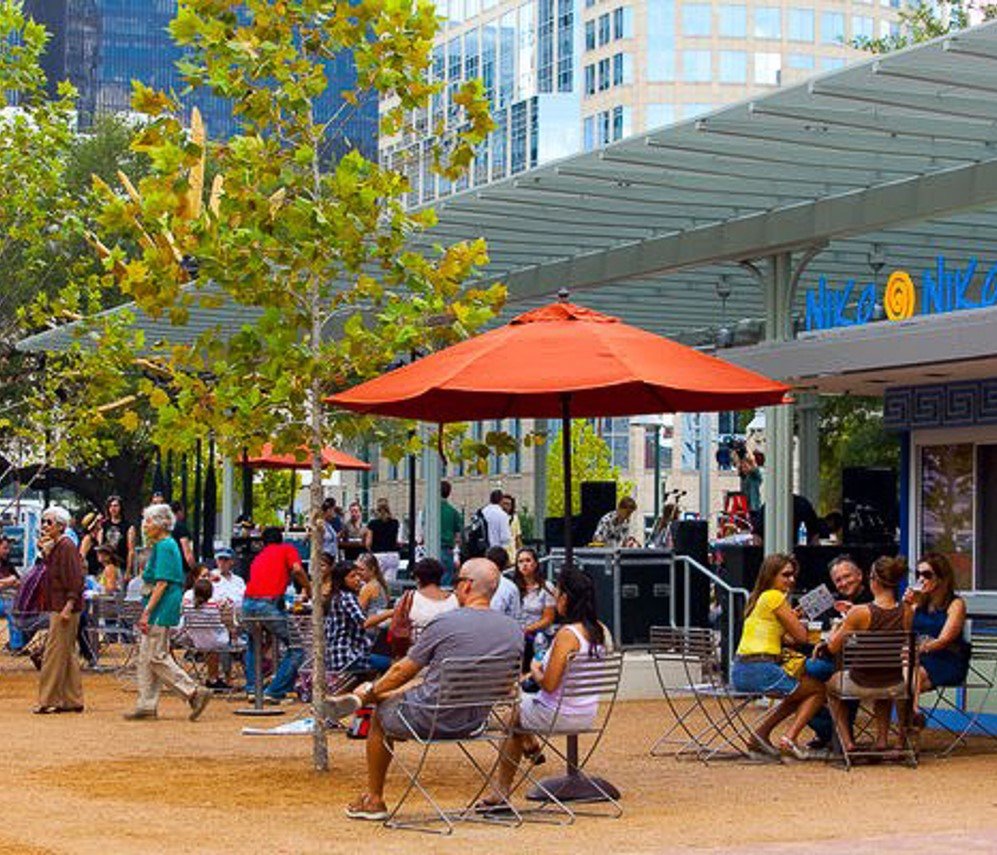
COVID-19 accelerated innovation and prioritized people space over car space, a trend that will hopefully continue:
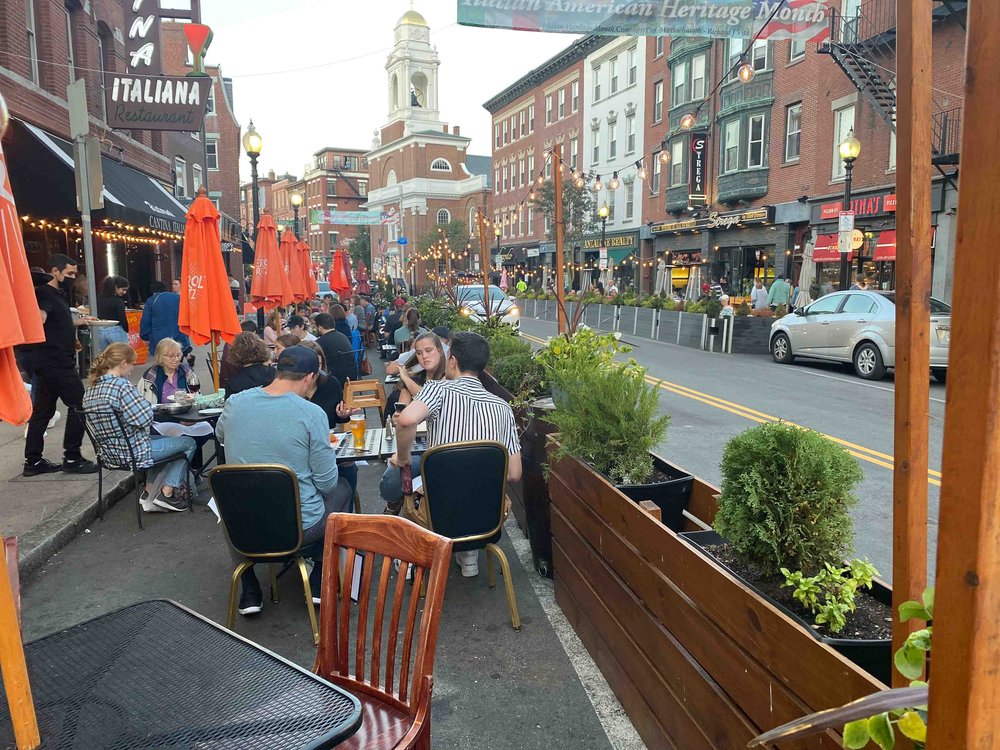
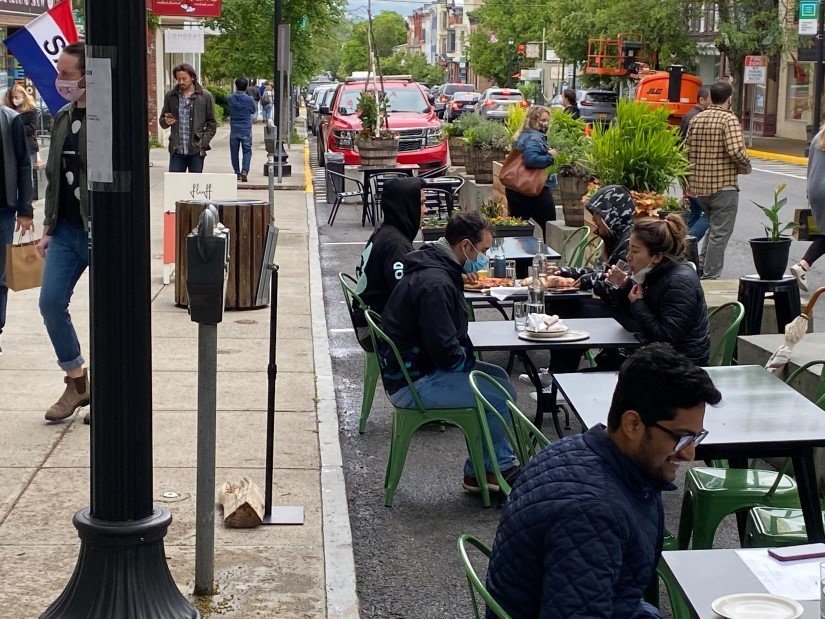
Great cultures would never have evolved without places where people feel great.
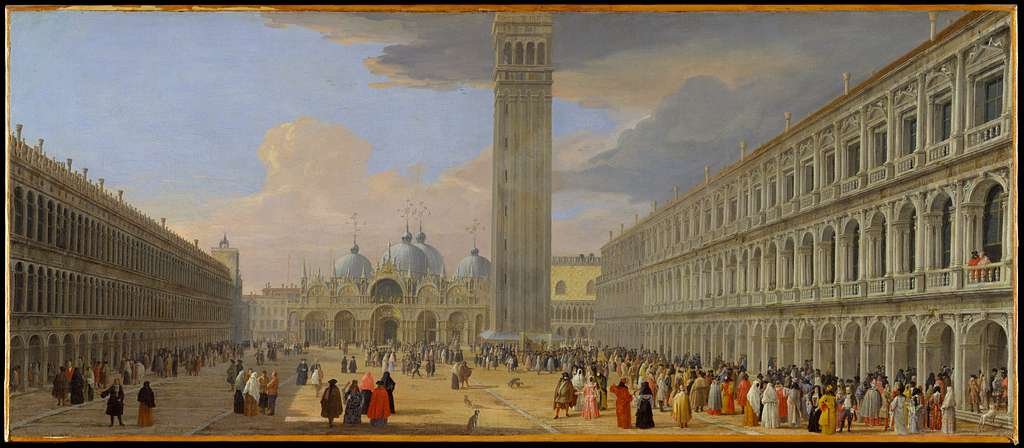
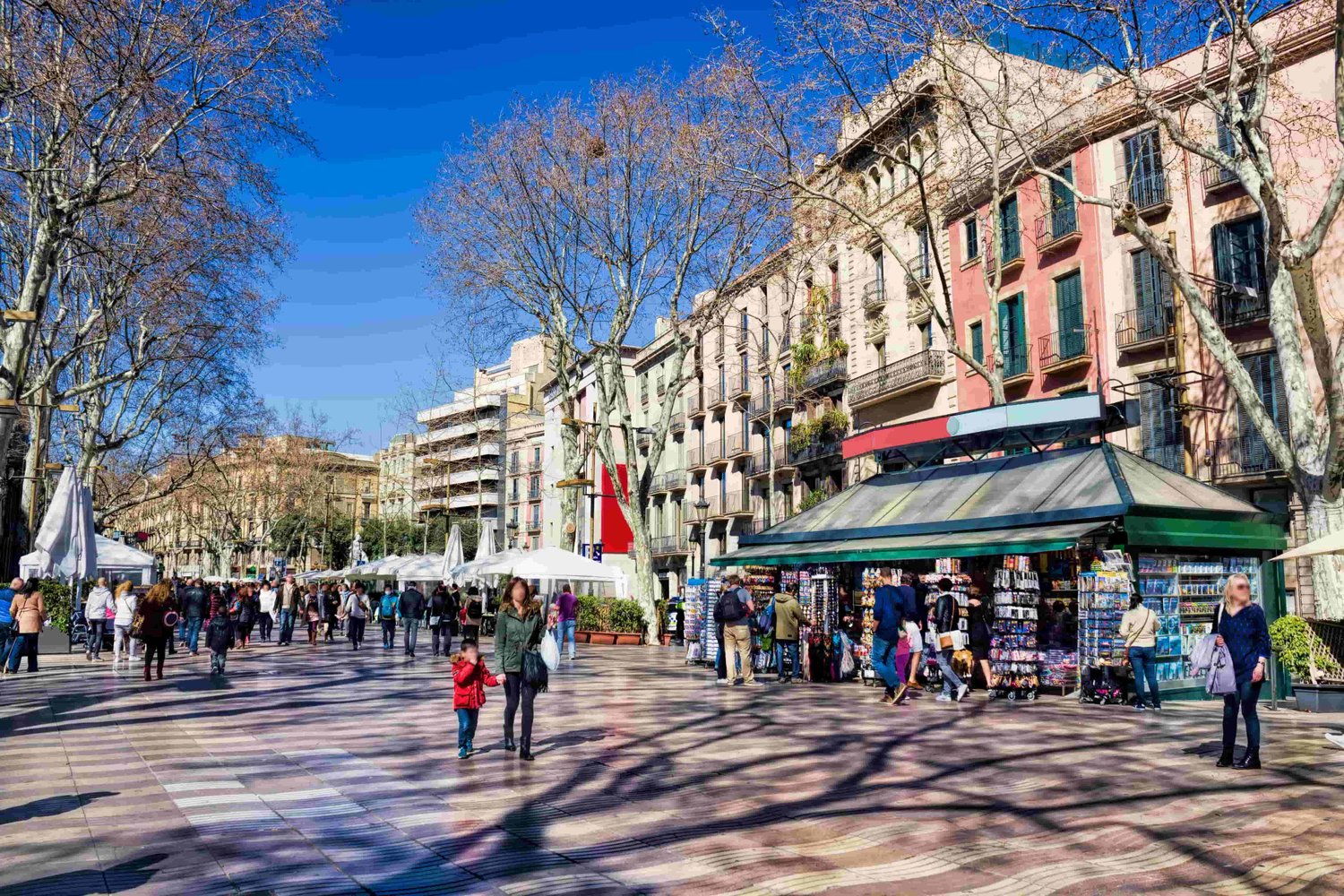
Can you imagine the Renaissance happening in the environment pictured below?
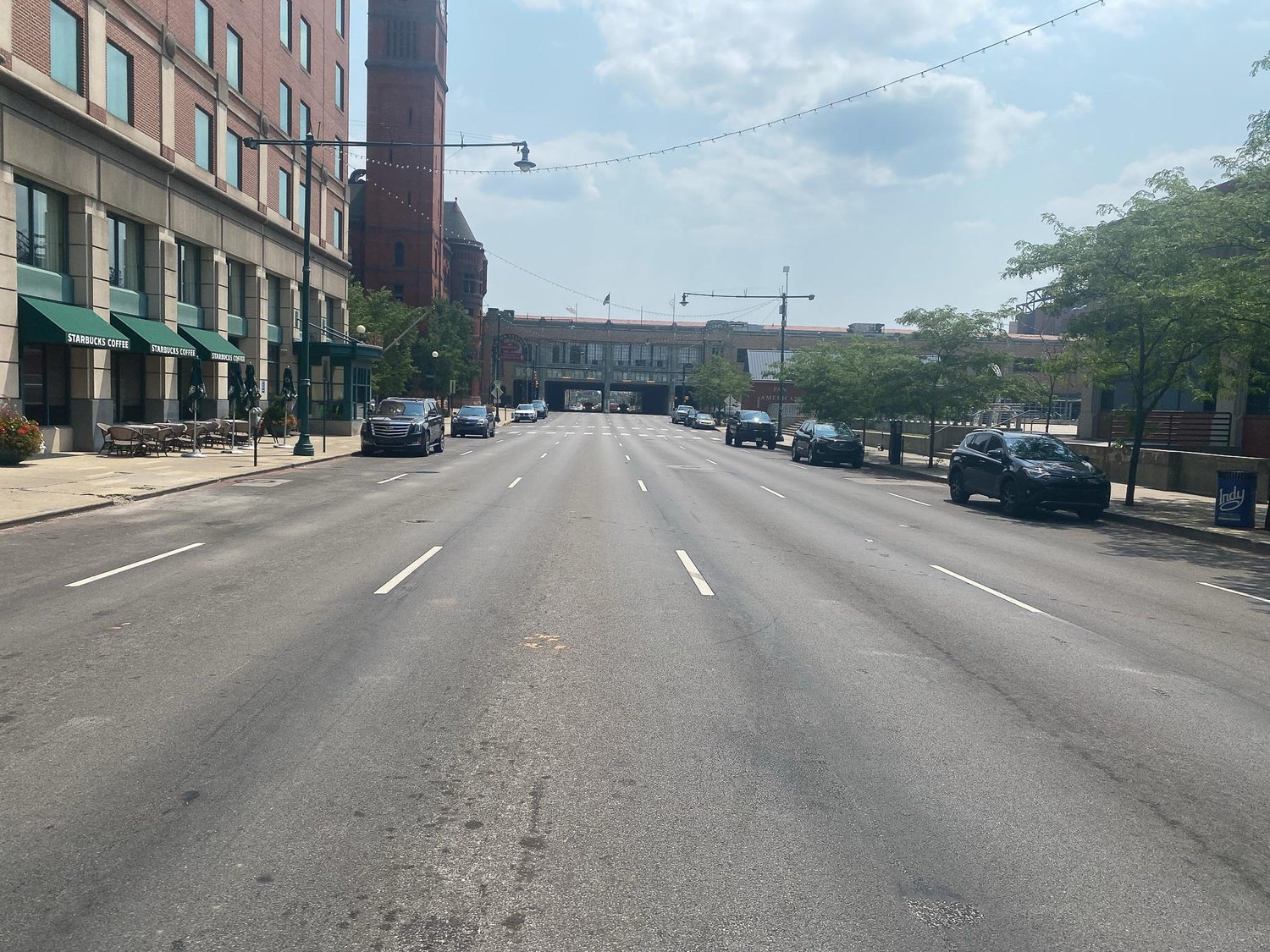
The starting point for creating great environments for people is to create sufficient ROOM where people can socialize comfortably. And in many if not most cities, this means reclaiming the space that was taken by cars.
